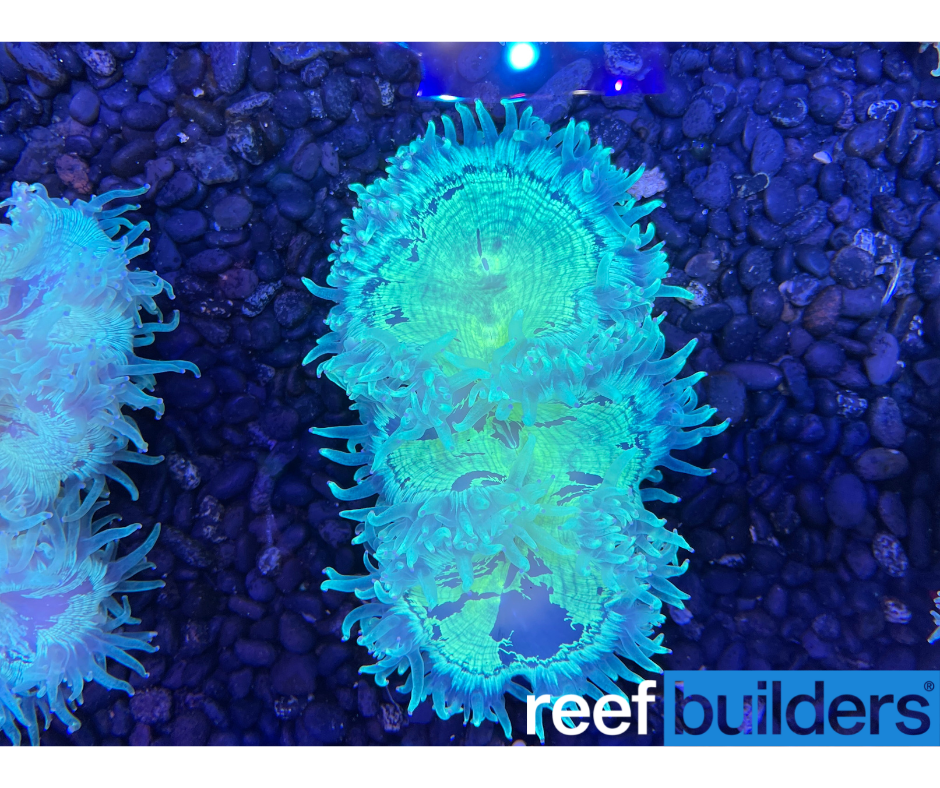A UK supplier has imported four coral species for the first time since the Queensland-UK import ban was imposed in 2021. Since then, all corals from The Great Barrier Reef, Queensland, have been prevented from import into Britain due to a lack of data that the UK’s scientific authority, the JNCC, required to tick off their collection and trade as non-detrimental to their numbers, and their species survival long term.
Tropical Marine Centre has been working alongside the JNCC since then, the first non-detriment agreement has been signed off on four species/genera, and last week TMC imported the first Catalaphyllia jardinei, Blastomussa spp, Cycloseris spp. and Homophyllia bowerbanki since the ban.

Implications
Any lifting of a ban based on actual data is welcomed, and UK importers, wholesalers, and retailers have suffered significant financial losses from prohibitions in the past. The ban came in after permit providers noticed a significant spike in the number of corals coming in from Australia, with no real data on how the increased collection was affecting the GBR long term.
That spike coincided with a total ban on Indonesian corals, however, so it’s no surprise that when the world was denied corals from Indonesia, we all turned to Australia instead. Now Indonesia has opened again, and demand for some Aussie corals has balanced out, accompanied by new, much more regulated, and restricted quotas by the QLD fishery itself.
If the Indonesian coral ban had coincided with the Queensland ban and the Hawaiian fish ban, it would have been catastrophic for the British aquatic industry and many shops and businesses would have closed.
The UK got by on Catalaphyllia from Indonesia and Western Australia (not banned,) and Blastomussa from Indonesia, but the win for the British hobby is the opening up of Homophyllia bowerbanki again. We love Bowers and their rich colors have been missed in British stores and reef aquariums.

No Scolys or Micro lords
Homophyllia australis, (Scolys,) and Micromussa lordhowensis (Acan lords) are noticeable by their absence from the partial lifting of the ban however, and according to recent data released by the Queensland Coral Fishery Ecological Risk Assessment, 2022, who classified them at “Extreme Risk,” they won’t be coming back anytime soon.



